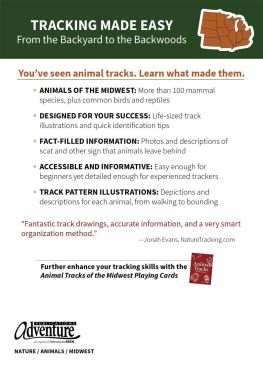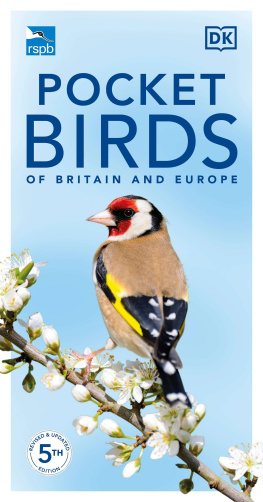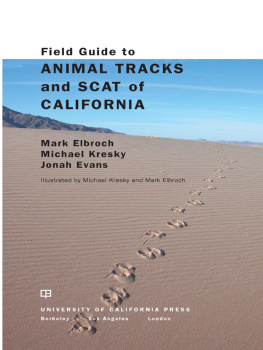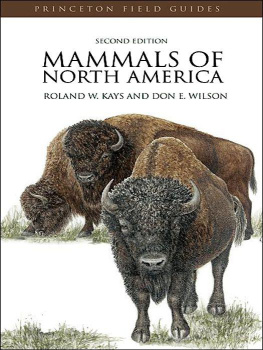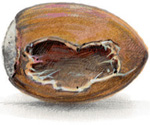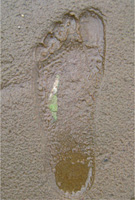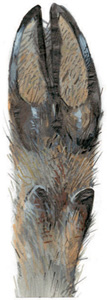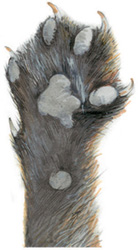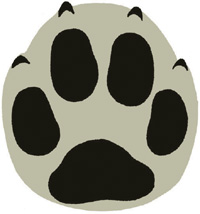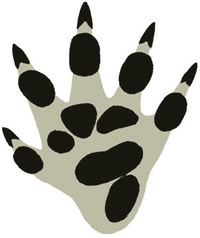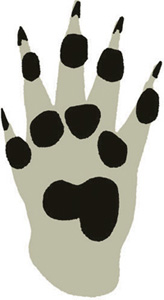Lars-Henrik Olsen - Tracks and Signs of the Animals and Birds of Britain and Europe
Here you can read online Lars-Henrik Olsen - Tracks and Signs of the Animals and Birds of Britain and Europe full text of the book (entire story) in english for free. Download pdf and epub, get meaning, cover and reviews about this ebook. year: 2013, publisher: Princeton University Press, genre: Science. Description of the work, (preface) as well as reviews are available. Best literature library LitArk.com created for fans of good reading and offers a wide selection of genres:
Romance novel
Science fiction
Adventure
Detective
Science
History
Home and family
Prose
Art
Politics
Computer
Non-fiction
Religion
Business
Children
Humor
Choose a favorite category and find really read worthwhile books. Enjoy immersion in the world of imagination, feel the emotions of the characters or learn something new for yourself, make an fascinating discovery.

- Book:Tracks and Signs of the Animals and Birds of Britain and Europe
- Author:
- Publisher:Princeton University Press
- Genre:
- Year:2013
- Rating:3 / 5
- Favourites:Add to favourites
- Your mark:
Tracks and Signs of the Animals and Birds of Britain and Europe: summary, description and annotation
We offer to read an annotation, description, summary or preface (depends on what the author of the book "Tracks and Signs of the Animals and Birds of Britain and Europe" wrote himself). If you haven't found the necessary information about the book — write in the comments, we will try to find it.
This beautifully illustrated field guide enables you to easily identify the tracks and signs left by a wide variety of mammal and bird species found in Britain and Europe, covering behaviors ranging from hunting, foraging, and feeding to courtship, breeding, and nesting. Introductory chapters offer detailed drawings of footprints and tracks of large and small mammals, which are followed by sections on mammal scat, bird droppings, and the feeding signs of animals on food sources such as nuts, cones, and rose hips. The book then describes specific mammal species, providing information on size, distribution, behavior, habitat, and similar species, as well as more specific detail on tracks and scat. Distribution maps are also included.
This indispensable field guide covers 175 species of mammals and birds, and features a wealth of stunning color photos and artwork throughout.
- Helps you easily identify the tracks and signs of a variety of mammals and birds
- Covers 175 species
- Illustrated throughout with photos, drawings, and artwork
- ncludes informative descriptions of mammal species along with distribution maps
Lars-Henrik Olsen: author's other books
Who wrote Tracks and Signs of the Animals and Birds of Britain and Europe? Find out the surname, the name of the author of the book and a list of all author's works by series.

